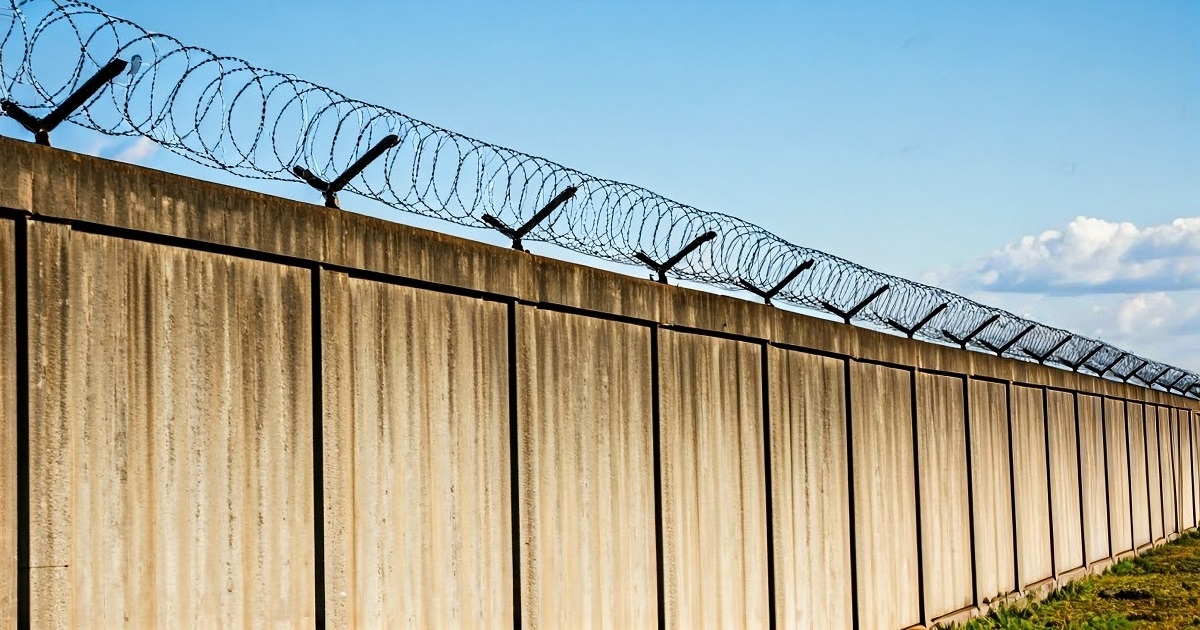
I was at a conference last week and a financial advisor asked me what I thought he should say when a client asked him what was so bad about tariffs.
It’s a fair question. Many people who instinctively believe in free trade would still have a hard time in clearly explaining the trouble with tariffs. And since tariffs are likely to be a big issue this week, with the president promising to impose postponed 25% tariffs on Mexico and Canada and a new, second 10% tariff on China as of March 4th, it seems like a good time to review the problem.
In doing so, I want to be clear that I do not regard this as a partisan issue. Most recent Republican presidents have been ardent supporters of free trade while the Biden administration was happy to continue most of the tariffs imposed in President Trump’s first term.
The trouble with tariffs, to be succinct, is that they raise prices, slow economic growth, cut profits, increase unemployment, worsen inequality, diminish productivity and increase global tensions. Other than that, they’re fine.
To see this, consider what would happen if the U.S. imposed a blanket 20% tariff on all imported goods.
The immediate effect would be to raise prices for American consumers and cut output, profits, wages and employment for those who export to us, whether they be foreign farmers, manufacturers or commodity producers. We can argue about how the full cost of the tariffs would be distributed between these two groups but both would be hurt.
However, our tariffs would immediately be met by retaliatory tariffs on our exports by other countries. These would increase prices for foreign consumers and cut output, profits, wages and employment for U.S. farmers, manufacturers and commodity producers.
Tariffs would provide a new source of revenue for our government. However, if these higher tariffs were used to pay for cuts to income tax, they would be replacing a progressive form of taxation with a very regressive one. That is to say, income taxes disproportionately hurt the rich. Tariffs disproportionately hurt the poor.
This can be seen from data reported in the Consumer Expenditure Surveys.
In 2023, the top 10% of households (in terms of pre-tax income) paid an average of 23% of that income in income taxes. The bottom 90% paid 9%. So the effective tax rate on income was 2.7 times higher for the richest 10% compared the poorest 90%.
However, in 2023, the richest 10% of households also saved 26% of their pre-tax income and spent 38% on services, leaving just 13% to be spent on goods. The bottom 90% saved just 2% of their income and devoted a proportionately smaller share of their spending to services, so that they ended up spending 28% of their pre-tax income on goods. If tariffs are levied as a flat-rate import tax on goods, and assuming the import share of goods consumption is the roughly the same for rich and poor, the percent of pre-tax income paid as tariffs by the poorest 90% of households would be more than twice as high, (that is to say in a ratio of 28% to 13%), compared to the top 10%.
Tariffs also tend to diminish productivity for the simple reason that countries tend to specialize in those areas of production where they have a comparative advantage. The U.S., for example, is a significant exporter of aircraft while Vietnam exports clothing. If, because of tariffs, the U.S. starts to manufacture more shirts domestically but builds fewer aircraft, the overall productivity of the U.S. workforce would diminish. Sharp and immediate tariffs would be even more damaging since the hit to aircraft manufacturing would be immediate while it would take time to build and staff new shirt factories. Uncertainty about tariff rates takes an additional toll as it incentivizes companies to wait and see before committing to capital spending.
Finally, tariffs tend to increase global tensions. The European Union has its origins in the European Coal and Steel Community that was established in 1951 both to help the economy of Europe but also to prevent future wars, particularly between Germany and France who had been involved in two disastrous wars in the 20th Century. Whatever problems the European Union has encountered since then, this promise has been kept, with Western Europe seeing peace over the past 80 years. Stronger trade relations give countries more to lose in any conflict.
Two final points should be made about tariffs.
First, the U.S. does have a chronic trade problem, running a current account trade deficit every year since 1991. However, this largely reflects a too-high U.S. dollar, suggesting that gradually bringing the dollar down to a more competitive level, rather than raising tariffs, should be at the center of U.S. trade policy.
Second, the threat of tariffs can be used as a way to open up foreign markets to U.S. exports and, if they work in this way, no harm is done. However, this doesn’t make sense if you simultaneously plan to use them to fund permanent tax cuts elsewhere. Tariffs are a little like strikes. You can threaten to go on strike to get concessions. You can even go on strike, temporarily, to achieve some goal. However, a permanent strike is just a bad idea. So are permanent tariffs.